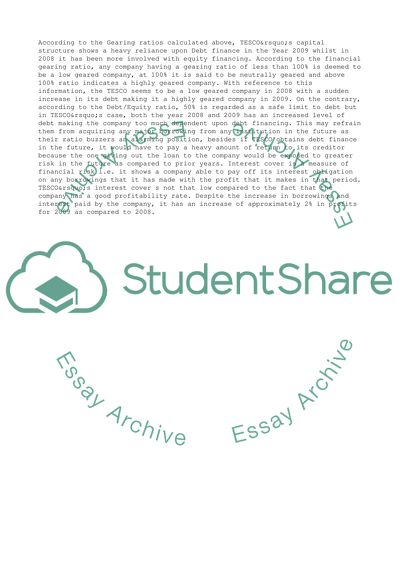Cite this document
(“The Relationship Between Contribution and Profit Before Interest and Statistics Project”, n.d.)
The Relationship Between Contribution and Profit Before Interest and Statistics Project. Retrieved from https://studentshare.org/business/1736346-tesco-companys-capital-structure-from-2008
The Relationship Between Contribution and Profit Before Interest and Statistics Project. Retrieved from https://studentshare.org/business/1736346-tesco-companys-capital-structure-from-2008
(The Relationship Between Contribution and Profit Before Interest and Statistics Project)
The Relationship Between Contribution and Profit Before Interest and Statistics Project. https://studentshare.org/business/1736346-tesco-companys-capital-structure-from-2008.
The Relationship Between Contribution and Profit Before Interest and Statistics Project. https://studentshare.org/business/1736346-tesco-companys-capital-structure-from-2008.
“The Relationship Between Contribution and Profit Before Interest and Statistics Project”, n.d. https://studentshare.org/business/1736346-tesco-companys-capital-structure-from-2008.


